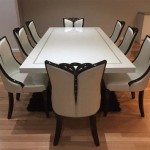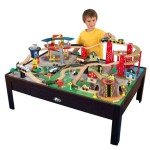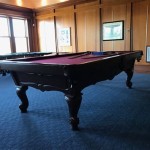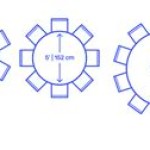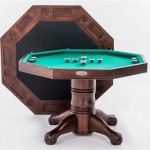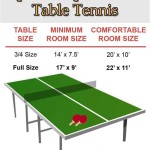Discover the Allure of Antique Claw Foot Tables
Antique claw foot tables, with their graceful curves and timeless charm, have adorned homes and graced interiors for centuries. These exquisite pieces serve not only as functional furniture but also as captivating works of art. Delve into the essential aspects of these captivating tables to appreciate their enduring appeal.
Historical Origins and Evolution
The origins of claw foot tables can be traced back to the 17th century, where they emerged as a variation of traditional pedestal tables. Initially crafted from oak and walnut, these tables featured a central pillar supported by three or four legs adorned with intricate carvings resembling animal paws, claws, or ball-and-claw motifs. Over time, the designs evolved, incorporating more elaborate ornamentation and variations in leg styles, from lion's paws to eagle talons.
Identifying Characteristics
Antique claw foot tables are distinguished by several key characteristics. The primary feature is the presence of curved, scrolled legs that terminate in claw-like feet. These legs are often elaborately carved, adding decorative flair to the table's overall design. Additionally, the tabletops are typically made from a solid piece of wood, such as mahogany, oak, or walnut, and may feature intricate marquetry or inlay work.
Types and Styles
Claw foot tables come in a wide array of styles and types. They range from modest pedestal tables to grand dining tables, each with its unique character and purpose. The Regency style is known for its elegant, neoclassical lines, while the Victorian era produced tables with elaborate carvings and embellishments. The Arts and Crafts movement introduced a more simplified aesthetic, emphasizing the natural beauty of the wood.
Value and Appraisal
Antique claw foot tables hold significant monetary and aesthetic value. Factors that determine their worth include the age, condition, rarity, and provenance of the piece. The type of wood used, the skill of the craftsmanship, and the overall design also influence its market value. To accurately appraise an antique claw foot table, it's advisable to consult a reputable antiques dealer or auction house.
Care and Maintenance
Preserving the beauty of an antique claw foot table requires proper care and maintenance. Regular dusting and polishing with a soft, clean cloth will help protect the wood. Avoid using harsh chemicals or abrasive cleaning agents, as these can damage the finish. Protecting the table from excessive heat, moisture, and sunlight will also prevent warping, cracking, or fading. With proper care, an antique claw foot table can be enjoyed for generations to come.

Antique Oak Claw Foot Round Dinning Table Excellent Condition Long Valley Traders

Antique Solid Oak Lion S Head Clawfoot Table

Claw Foot Single Pedestal Table Our Family Craft

Antique Claw Foot Oak Table Dining 19th Century Quarterd Carved Band

Dining Tables Clawfoot Solid Oak Table

Quartersawn Oak Lamp Table Lg Ball Claw Feet Antique

1910s Antique Glass Ball And Claw Foot Table Chairish

Antique Quarter Sawn Oak Parlor Table Glass Ball And Claw Feet Ruby Lane

Antique Claw Foot Table Victorian Side Israel

Antique Larkin Round Paw Claw Foot Quarter Sawn Oak Wood Pedestal Dining Table
Related Posts


